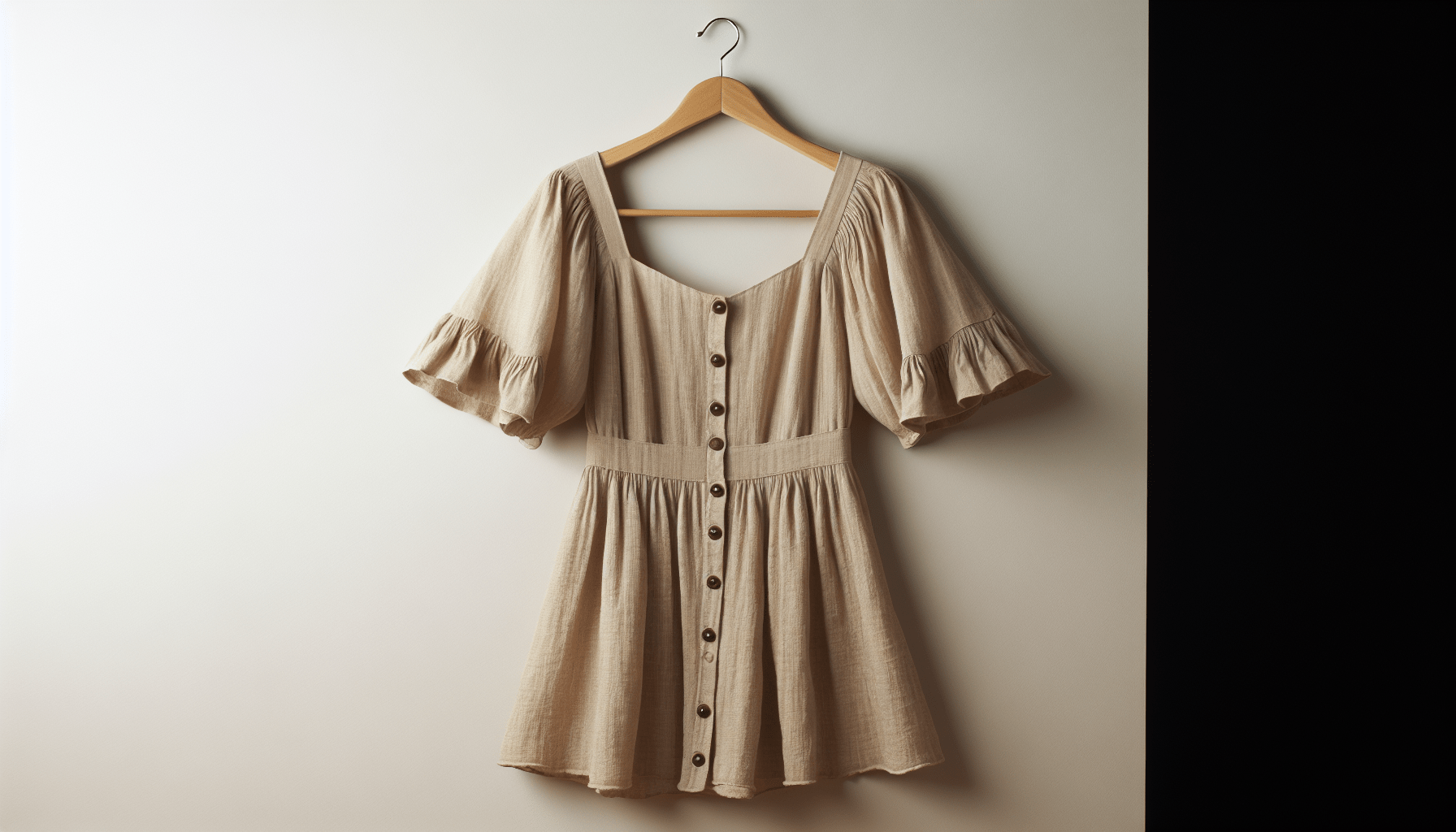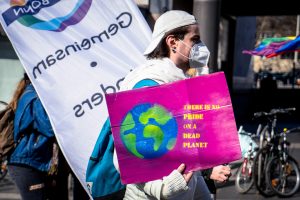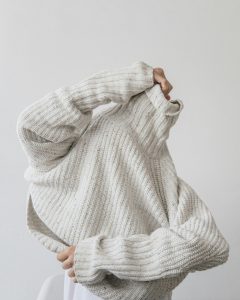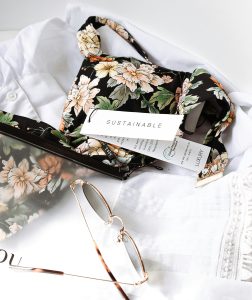In our journey to curate a wardrobe that’s both stylish and kind to the planet, we’ve discovered that sustainable fashion brands are making great strides in the industry. “What Are The Best Sustainable Fashion Brands?” explores the top names leading the charge in eco-friendly fashion. From innovative materials and ethical production practices to transparent supply chains, these brands are redefining what it means to dress responsibly. Join us as we delve into the details of these remarkable brands that not only look good but also do good for our world. Have you ever wondered which sustainable fashion brands are making the biggest impact in the fashion industry today? We certainly have! With climate change and environmental concerns at the forefront of many of our minds, it’s essential to consider how our clothing choices affect the planet. Whether you’re well-versed in sustainable fashion or just starting to explore, today we’re diving into the best sustainable fashion brands that are setting the gold standard for style and sustainability.
What Makes Fashion Sustainable?
Before we delve into the brands themselves, let’s first understand what makes fashion sustainable. Sustainable fashion considers the full lifecycle of a product, from design to disposal. It’s about creating clothing that minimizes environmental impact and promotes fair labor practices. Key factors include:
- Eco-friendly Materials: Using organic, recycled, or sustainably sourced materials.
- Ethical Production Processes: Ensuring fair wages and safe working conditions.
- Low Impact Dyes: Utilizing dyes that reduce harm to the environment.
- Waste Reduction: Implementing recycling and circular economy principles.
- Carbon Footprint: Reducing energy consumption and carbon emissions in production.
With those criteria in mind, let’s jump into our favorite sustainable fashion brands.
Best Sustainable Fashion Brands
Patagonia
Patagonia is a brand synonymous with outdoor adventure and sustainability. Known for their high-quality outdoor gear, they’ve become a leader in eco-friendly practices.
Why Patagonia?
- Materials: They use recycled polyester and organic cotton.
- Initiatives: Patagonia’s “Worn Wear” program promotes recycling and repairing clothes.
- Transparency: They are transparent about their supply chain and impact.
Patagonia is not just about selling products but also about advocating for environmental causes, making them a standout in the industry.
Everlane
Everlane is committed to “radical transparency” in all their business practices. They focus on building a strong relationship with their factories and sharing the true cost of their clothing with consumers.
Why Everlane?
- Materials: They use Grade-A cashmere, ethically sourced wool, and recycled synthetics.
- Factories: Each factory is chosen for its ethical practices and is audited regularly.
- Environmental Goals: Everlane is dedicated to completely eliminating virgin plastic from their supply chain.
Reformation
Reformation combines style with sustainability, offering a wide range of chic clothing made with eco-conscious materials. Their mission is to make sustainable fashion “cool.”
Why Reformation?
- Materials: They use deadstock, repurposed vintage, and eco-friendly fabrics.
- Green Practices: They focus on water-saving methods and adopt renewable energy in their operations.
- Footprint: Their website even includes a “RefScale” to show the environmental impact of each item.
Stella McCartney
Stella McCartney is a luxury brand that has been a pioneer in sustainable fashion since its inception. Known for high fashion without compromising on ethics, Stella McCartney is proof that luxury and sustainability can go hand in hand.
Why Stella McCartney?
- Animal Welfare: They are a cruelty-free brand, avoiding leather, fur, and exotic skins.
- Innovative Materials: Use of materials like recycled polyester and organic cotton.
- Sustainability Programs: They are part of the Ethical Trading Initiative, ensuring fair labor practices.
Eileen Fisher
Eileen Fisher is another brand that emphasizes simplicity and sustainability in its designs. Their understated elegance comes with a commitment to responsible production.
Why Eileen Fisher?
- Green Fibers: They use organic fibers, Tencel, and recycled fabrics.
- Circular Economy: Their “Renew” program encourages customers to return worn pieces for recycling.
- Human Rights: They advocate for fair labor and empower women in their supply chain.
People Tree
People Tree has been a pioneer in sustainable and fair trade fashion. They offer everything from casual wear to elegant office attire, all produced ethically.
Why People Tree?
- Fair Trade: They are certified by the World Fair Trade Organization.
- Artisanal Skills: Use traditional hand skills like hand weaving and hand embroidery.
- Eco-friendly Fabrics: Their clothing makes use of organic cotton and low impact dyes.
Veja
When it comes to sustainable sneakers, Veja leads the pack. They have redefined what it means to create eco-friendly and stylish footwear.
Why Veja?
- Sustainable Materials: They use organic cotton, vegetable-tanned leather, and recycled plastic bottles.
- Ethical Working Conditions: Fair trade principles are followed in their factories.
- Waste Management: Veja recycles rubber soles and employs innovative waste reduction strategies.
Amour Vert
Amour Vert believes that the simple act of buying clothes should not harm the planet. They create elegant and versatile pieces using eco-friendly materials.
Why Amour Vert?
- Premium Fabrics: They use organic cotton, Tencel, and certified non-toxic dyes.
- Local Production: 97% of their clothing is made within a few miles of the brand’s San Francisco office.
- Environmental Contributions: For every purchase, they plant a tree in North America.
MATT & NAT
MATT & NAT stands for “Material & Nature” and is fully committed to exploring environmentally friendly materials for their stylish accessories, from handbags to footwear.
Why MATT & NAT?
- Vegan Principles: They adhere to vegan principles, avoiding all animal products.
- Recycled Materials: Use of recycled nylon, cardboard, rubber, cork, and bicycle tires.
- Ethical Factories: They work with factories that extend the same eco-friendly values in their production methods.

How to Identify Sustainable Fashion Brands
While we’ve highlighted some incredible brands leading the way in sustainable fashion, it’s important for us to know how to identify sustainable brands on our own. Here are a few tips:
Certification Labels
Look for certification labels such as GOTS (Global Organic Textile Standard), Fair Trade, and OEKO-TEX. These labels indicate that the brand adheres to certain environmental and ethical standards.
Material Information
The materials used can offer significant clues about a brand’s sustainability. Organic cotton, bamboo, Tencel, recycled polyester, and hemp are all excellent choices. Always check the fabric composition label.
Company Transparency
Brands that are serious about sustainability are transparent about their practices. They provide clear information regarding their supply chain, labor practices, and environmental impact.
Benefits of Sustainable Fashion
Environmental Impact
Choosing sustainable fashion reduces waste, saves water, and minimizes the use of harmful chemicals. Over time, this can lead to a significant positive impact on our environment.
Health Benefits
Wearing clothing made from natural and non-toxic materials reduces our exposure to potentially harmful chemicals and allergens.
Ethical Production
Supporting sustainable fashion ensures that workers in the garment industry receive fair wages and work in safe conditions. It’s a step towards more equitable global trade practices.
Quality and Durability
Sustainable fashion often emphasizes quality over quantity. Investing in well-made pieces means your clothes will last longer, reducing the need for frequent replacements.
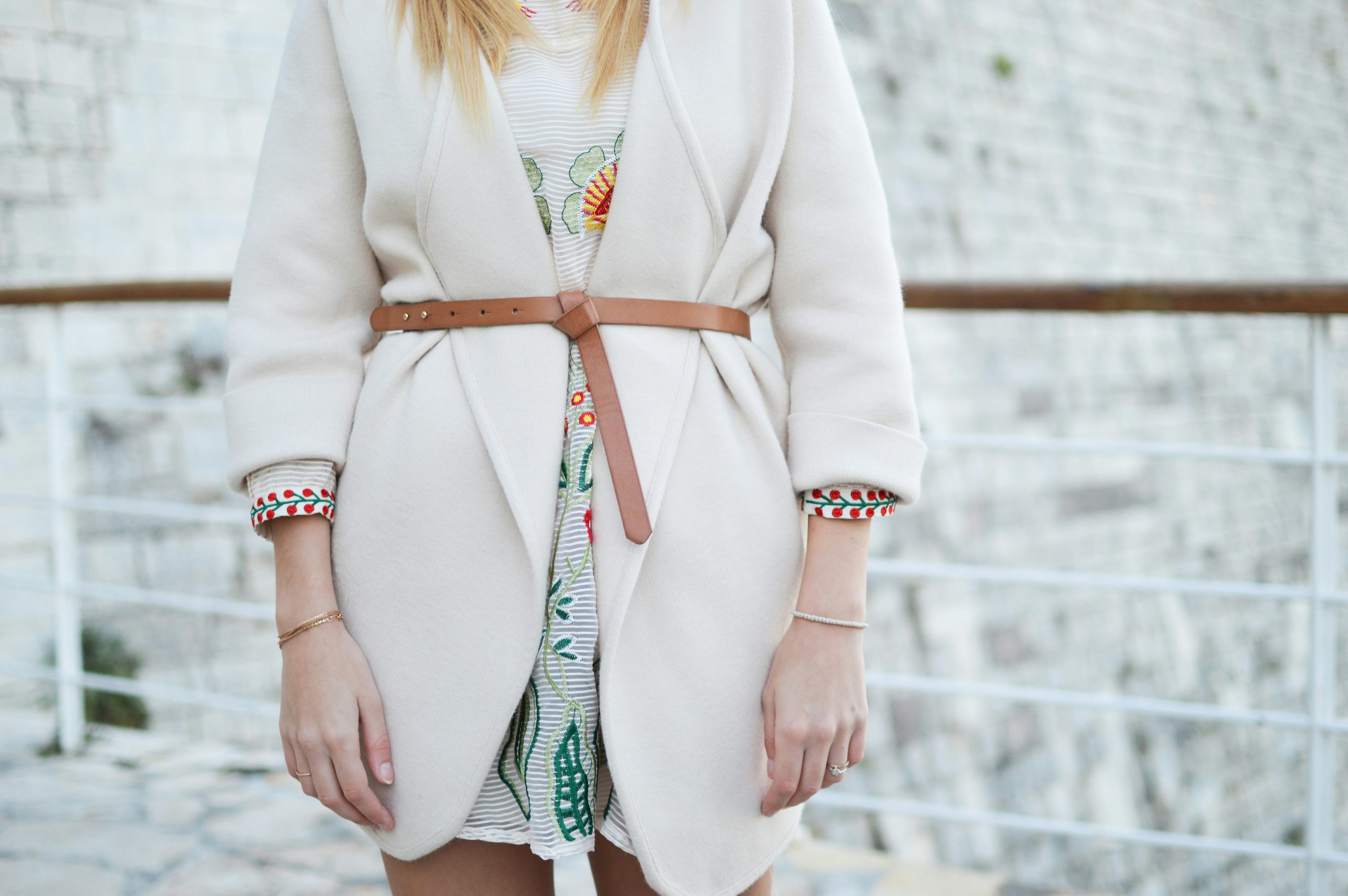
Challenges and Misconceptions in Sustainable Fashion
Higher Costs
Sustainable and ethical fashion often comes at a higher price point. However, this reflects the true cost of production, including fair wages and eco-friendly practices. It’s about making mindful purchases rather than buying cheap, fast fashion that won’t last.
Greenwashing
Not all brands that claim to be eco-friendly genuinely adhere to sustainable practices. Some may engage in “greenwashing,” where they market themselves as sustainable without following through. Doing thorough research and looking for certifications can help us avoid such brands.
Making Sustainable Fashion Choices
Start Small
Transitioning to a completely sustainable wardrobe can be overwhelming. It’s okay to start small. Focus on buying a few key pieces from sustainable brands and gradually build from there.
Buy Less, Choose Well
Adopting a minimalist mindset can also help. Buy fewer pieces, but invest in higher quality. Choose versatile items that can be styled in multiple ways.
Second-Hand Shopping
Thrift stores, consignment shops, and online second-hand retailers can be treasure troves for sustainable fashion. Buying second-hand extends the life of clothing and reduces the demand for new production.

Conclusion
The world of sustainable fashion is vast and ever-evolving. Brands like Patagonia, Everlane, Reformation, and Stella McCartney are proving that we don‘t have to sacrifice style for sustainability. By supporting these brands, we contribute to a more ethical and eco-friendly fashion industry.
So next time you’re shopping for clothes, remember that our choices can make a difference. Whether it’s opting for eco-friendly materials, supporting fair labor practices, or simply buying less, every little bit helps.
Let’s make informed, mindful decisions, and step into a more sustainable future, one outfit at a time.

